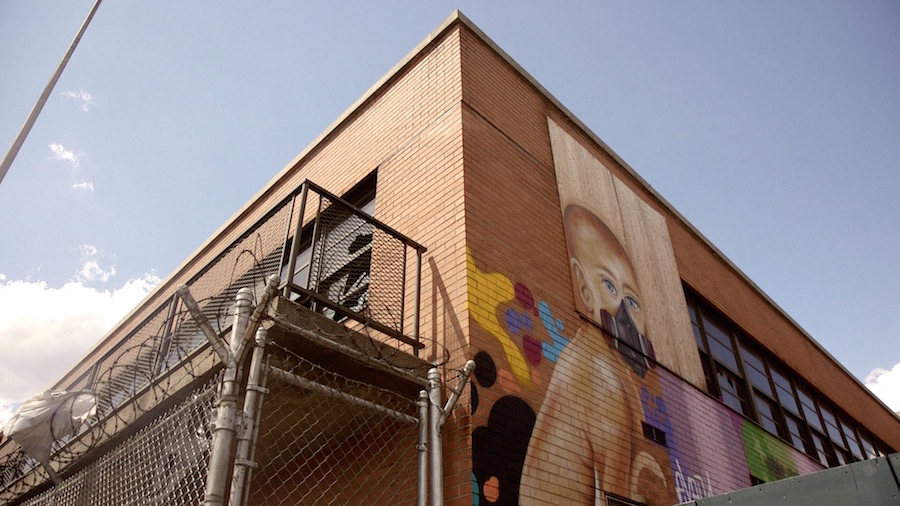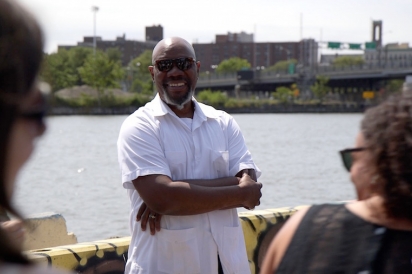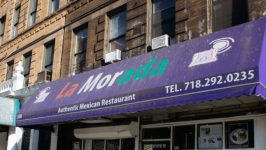A South Bronx Vision
In 2012, grocery delivery company FreshDirect accepted an offer of $128 million in tax breaks and subsidies from the city and state governments of New York, to move its Queens-based hub to Port Morris in the Bronx. The offer, and the resulting relocation sparked protests by some South Bronx residents, who ultimately were unsuccessful in their attempts to call off the deal through a community board vote and a lawsuit against the New York-based company.
One of those residents was A. Mychal Johnson, who co-founded the advocacy group South Bronx Unite to put forth an alternate vision of waterfront development in Port Morris. While the FreshDirect move was a highly visible catalyst for protest, the issues that concern Johnson goes beyond any one company. For the past century, the living conditions of New Yorkers have been shaped downstream of decisions by local and state authorities. This was true in the Moses era when highway construction became a well-documented driver of displacement. And it’s been especially true for Port Morris, which over the years has become New York City’s go-to depot for diesel trucks delivering goods to the greater metropolitan area.
When he takes public health scholars, developers, and activists on walking tours of the South Bronx waterfront, Johnson speaks to this history and emphasizes the importance of using the tools of democracy to write a new one. Where others might write off the use of industrial zones as a necessary cost of feeding a city like New York, Johnson points out that there are still people (including himself) living in Port Morris and Mott Haven, with higher rates of asthma and less access to green space than any other part of the city. He pushes for more meaningful engagement with residents in the decisions that shape their environment, more accountability for companies who promise job creation in exchange for public assistance, and a greater awareness of what it takes to prop up the food supply chain that New Yorkers expect.
All of this is an uphill climb, but as an organizer, Johnson believes that civic action is the best way for meeting the voices of private development with those of the public interest.











